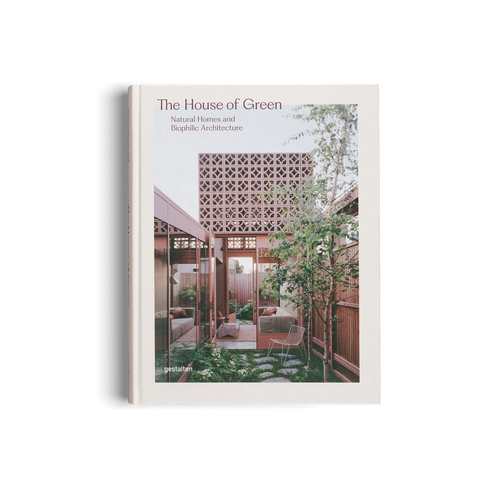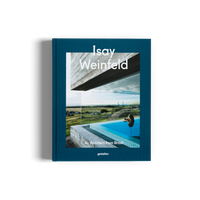From one side of the globe to the other, Isay Weinfeld is one of the most sought-after architects of our contemporary era. An inimitable force in the realm of combining modern elegance with tropical vibrancy, Weinfeld thinks of a building as a complete artwork that needs to be not just functional but beautiful. Under his hand, lushly landscaped courtyards and long corridors open into wide vistas: a view of a pool or a dramatic indoor waterfall.
The Brazilian architect’s works are characterized by glass and concrete, dark wood shades and soft color accents: all elements of a unique brand of distinguished restraint. We spoke with the architect ahead of the release of his monography.
How would you define your design aesthetic?
I don't have a design aesthetic really. What I do is, according to each client's needs, wishes and profile, conceive a project with all elements (materials, textures, scale, lighting, etc.) that will as a whole define an aesthetic.
Could you describe your relationship with the city of São Paulo?
São Paulo is probably the ugliest city I've been to. And yet, it gave me so much, so many opportunities to engage and develop professionally.

Where do you go to seek inspiration?
Everything I see, taste or live builds up in my mind and somehow comes out in my projects. It is not something I consciously seek for.
Besides your own, which are yourfavourite buildings in São Paulo?
São Paulo has very beautiful buildings dated from the 20s and 50s/60s. My favourite one, however, is Sesc Pompeia, designed by Lina Bo Bardi in the late 70s.


How does São Paulo’s architectural style differ from other cities in Brazil, and in the rest of the world?
São Paulo has no personality, I think. And this has somehow become its main character.
You’ve been an architect for decades. Anyprojects/designs you don’t like anymore?
I like all of them. Every project is the outcome of a creative process within a given context, of what’s on at the time it was conceived–not only concerning technical aspects and resources but also the personal moment of the designer.


In your architecture, the relationship between indoor and outdoor seems to be very important. Why is that?
The indoor-outdoor relation matters to me. In cold places, you may not be allowed to go outside and do outdoors activities so much, but being able to look out the window and contemplate a nice outdoor view is what I think nice–it may be a garden, a patio, the sea, the woods or just the surroundings.
One of the keys to making good work, you say, is listening to your client…well, that sounds just too easy, but I presume it’s not?
Easy or difficult, I just think there is no other way. I could never design something–a house, a shop, a hotel or whatever–for someone whose wishes and needs I did not understand deeply. And I can only get to this if really listen to what my client says.


You have the image of being very picky about your projects. Given that money is no issue: What would sb. have to do in order to convince you that this is the right project for you – and vice versa?
It is hard to say, it is not a list of topics. I am always concerned with the fact that signing a contract means having a close relationship with someone over years–so there must be mutual kinship, empathy, trust. And honesty too–towards myself and the potential client. I must be confident and speak up when I feel I can do a good work, but I must be humble and step aside when I feel I cannot.

















